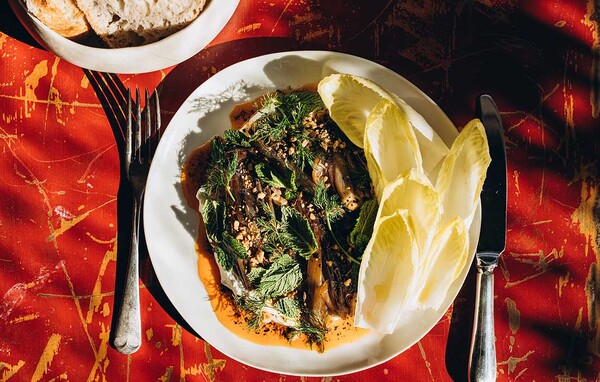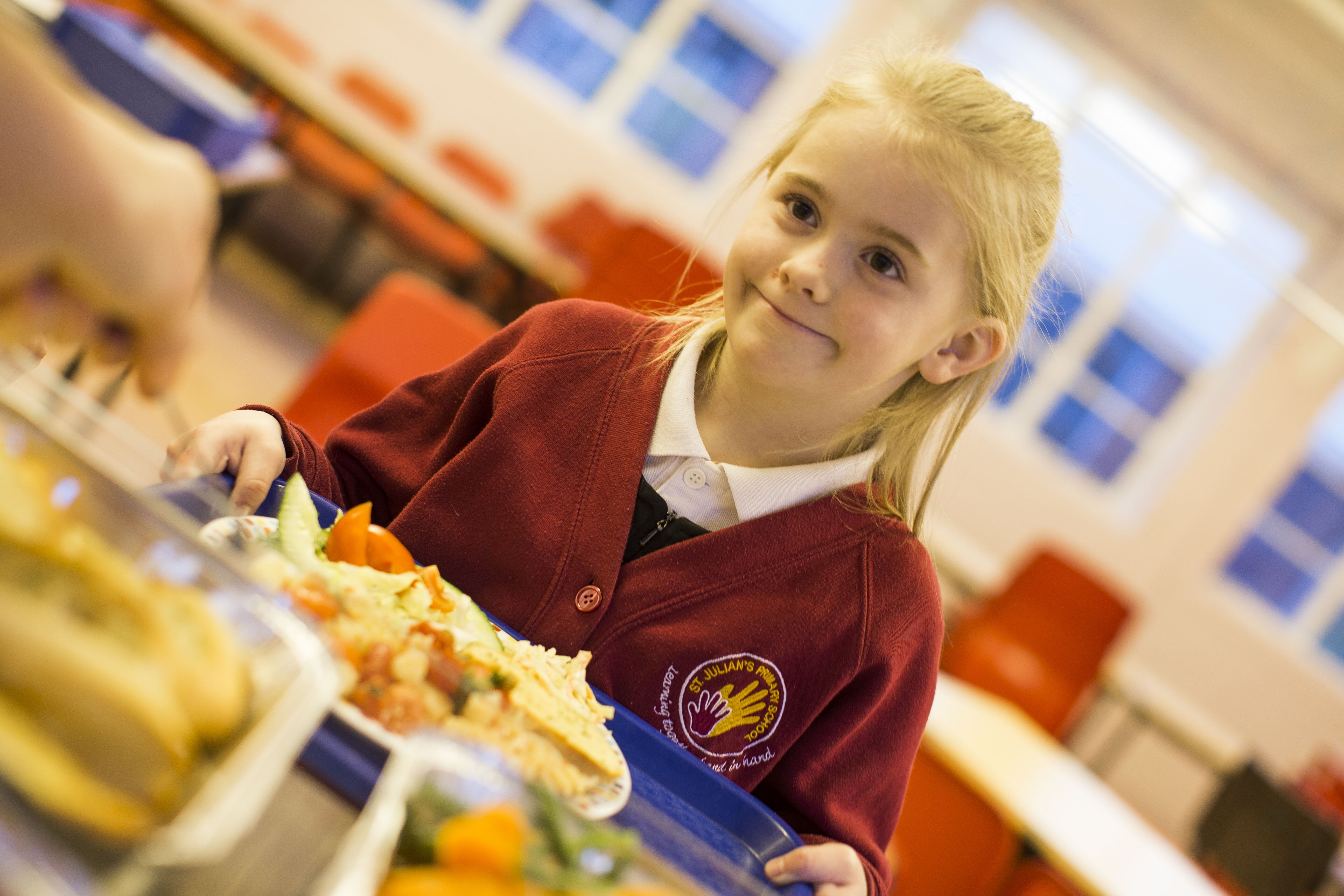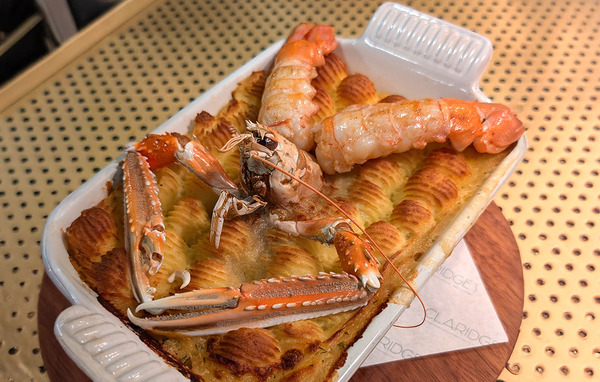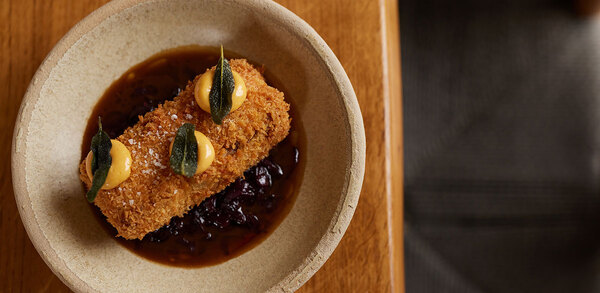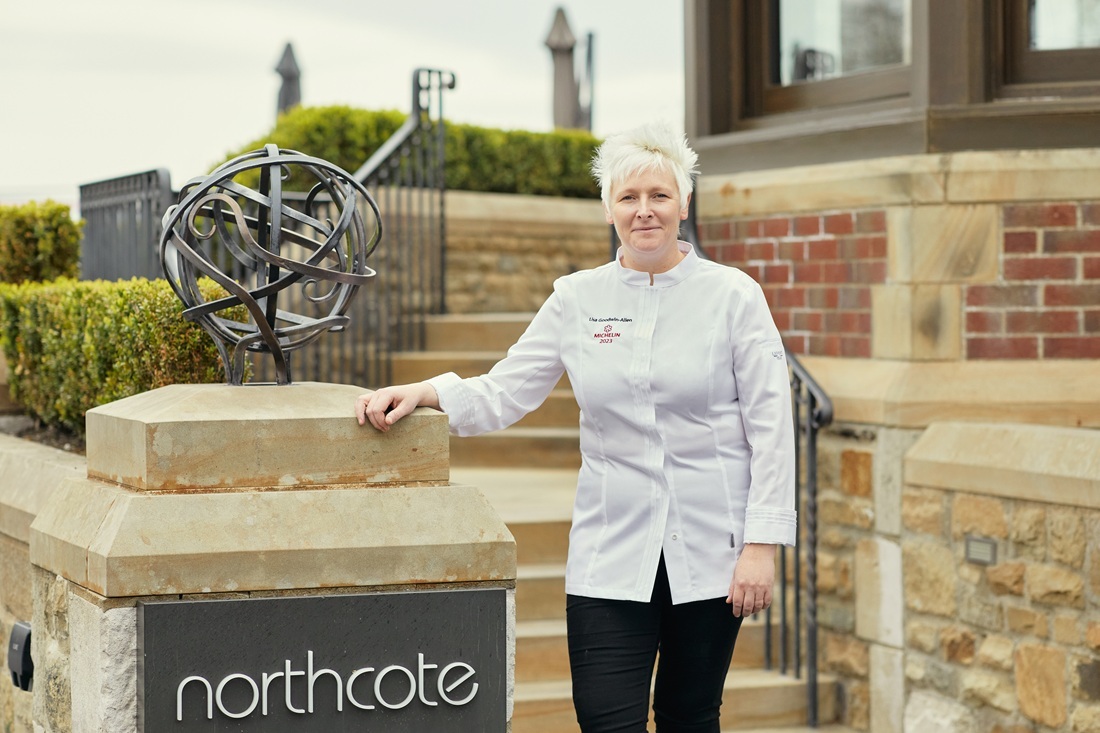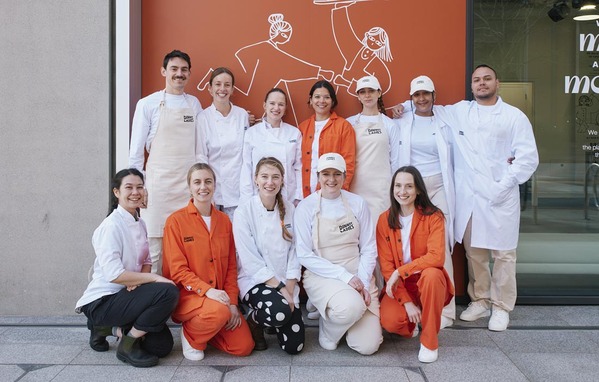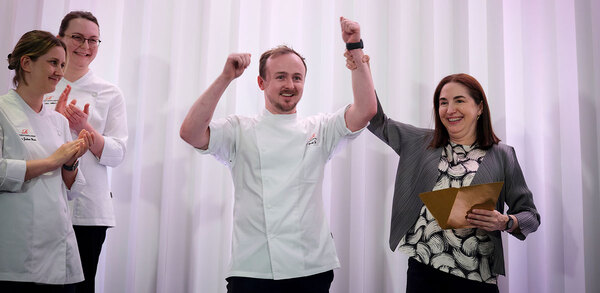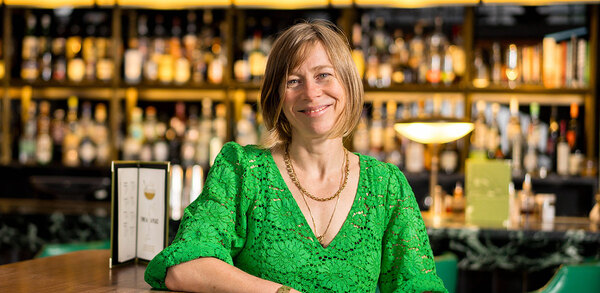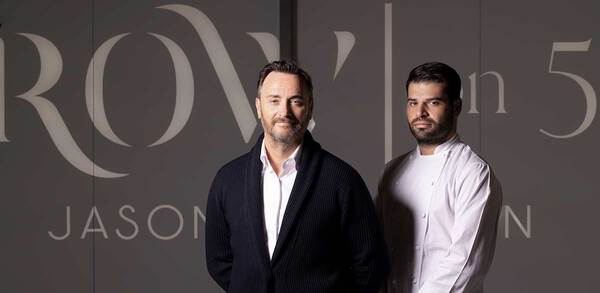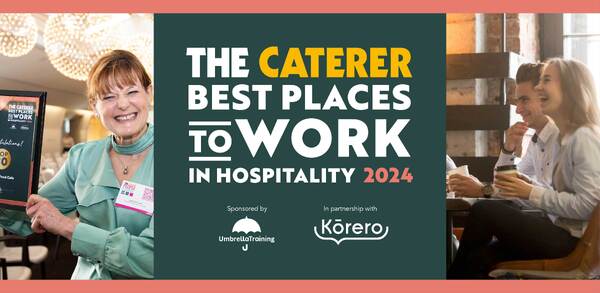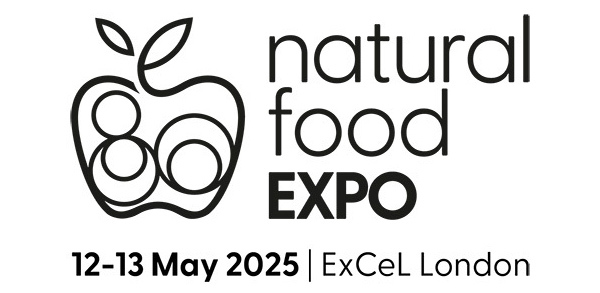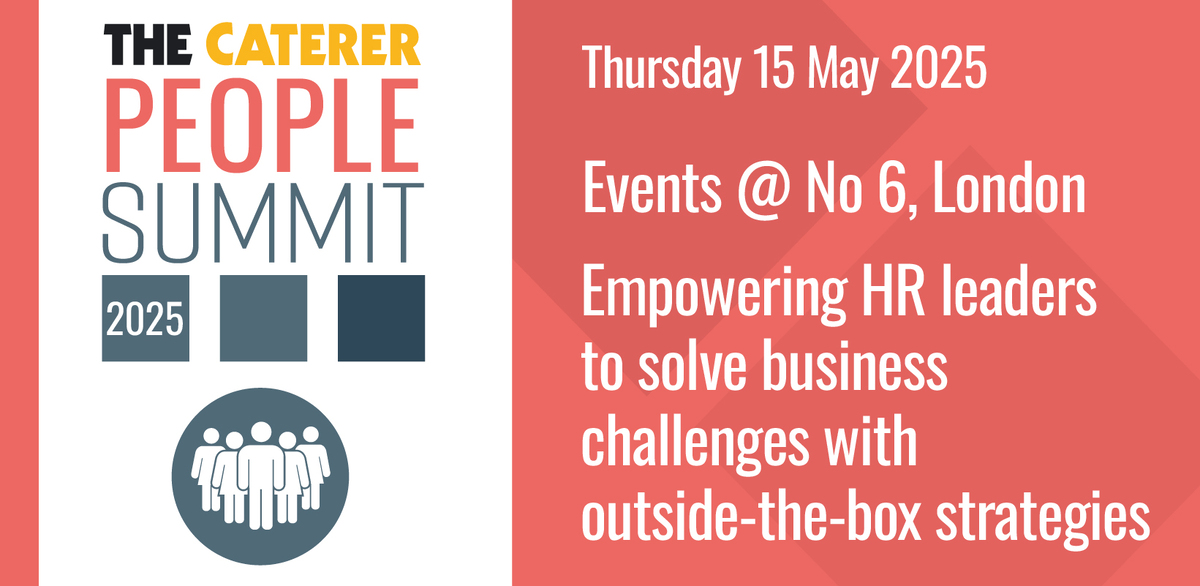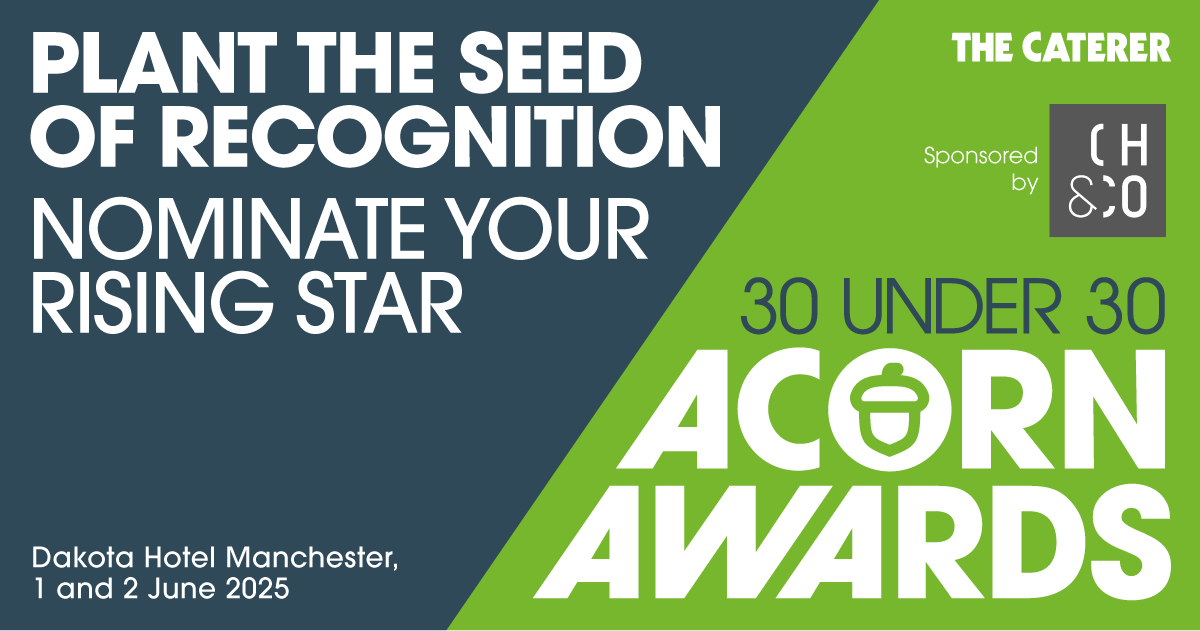Best in class: The school caterers getting ready for the September term
There are lessons to be learned about catering in schools before pupils return en masse in September. Lisa Jenkins talks to those already offering a service during lockdown about how to Covid-proof school dinners
The latest government advice regarding reception-aged children, year one and year six on returning to school is that limiting the amount of contact between different groups of children and additional protective measures, such as increased cleaning and encouraging good hand hygiene, will reduce the risk of Covid-19. But how will that translate into practicalities for school caterers?
Compass’ education catering business, Chartwells, has kept most of its kitchens open during lockdown. The caterer has, like many, been feeding vulnerable children and the children of key workers, and providing hampers or packed lunches to those entitled to free school meals. “This has put us in a good position for the gradual return of schools,” says Chartwells’ managing director Charlie Brown.
CH&Co Education is reopening both state and independent schools with differing catering requirements. “In some schools we’re looking at phased returns over a two- to three-week period, and for others, mainly independent schools, there won’t be a food offer until September,” says Deborah Homshaw, managing director, CH&Co Education.

Mark Davies, managing director of ISS Catering, which works with state schools, says that since the government announced its reopening plans, ISS has been in regular contact with clients and head teachers to determine the safest approach to providing lunches.

“We started by creating a discussion document exploring different scenarios and used this to make recommendations for each school,” he says. “Alongside this, we have conducted risk assessments to ensure we could open safely, followed by engagement with our catering teams to welcome them back and explain the new measures to create safe environments for them and their young customers.”
Brown says: “What’s becoming clear across the country is that schools are doing what’s best for their children and families, therefore the responses can be quite different. From our perspective, there is not a one-size-fits-all approach and we’re working really hard with our clients on what this looks like from a catering perspective.
Homshaw agrees: “We’re in an ever-changing situation with the number of children varying from school to school. Schools and caterers are working incredibly hard together to provide the right service for the returning pupils of each school, but the complexity of the logistics cannot be underestimated and it’s important that we’re pre-emptive, responsive and agile at all times.”

Mind the gap
When it comes to physical distancing in schools, the first step for the ISS Catering operations teams has been to conduct a risk assessment for each school. This will determine whether it’s safe to run a service, what style of service is most suitable, and any actions which need to be taken to make it ready for opening.
“The key message we’re sharing with our returning catering teams is the absolute requirement for frequent sanitisation and removing any need for human-to-human or human-to-surface contact wherever possible,” explains Davies.
Guidance includes the use of hand sanitiser after hand washing (as an extra precaution) and the application of appropriate chemicals to clean and sanitise key touchpoints more regularly. ISS has also introduced staggered start times and shift patterns to reduce the number of people in the kitchen at one time, making it easier to socially distance.

“Health and safety is always our top priority and was before the pandemic,” adds Davies.
All the school caterers are looking at the layout of dining areas as well as staggered break times, food delivery to classrooms and outdoor eating areas.
Andrew Walker, culinary director for Chartwells, says social distancing in the kitchens is already working, but “it means putting in place even stricter health and safety measures, and communication is key. For example, we are holding regular webinars and calls and issuing training and checklist documents to help our people work safely.”
CH&Co is checking its systems several times a day, working with the on-site teams. “Operational management will not be on-site and there will be no mobile relief chefs to ensure schools maintain the bubble-type environment as far as possible. Movement is restricted between sites,” states Homshaw.
Michael Hales, managing director of Juniper Ventures, a catering and cleaning services supplier, says: “Some of our kitchens and serveries are too small to operate effective social distancing and thus alternative provisions will be offered.”
What’s on the menu?
Walker says part of getting children back into school is about routine and familiarity and that is what the meals will be about. “The food we’ll be offering will be homely and comforting, as well as supporting health and wellbeing. We trial our menus with the children we serve, so we know that we’re always delivering the food that they want.
“The main change is flexibility on the way we serve and deliver food, and we are working with each client on what this looks like, according to how many children attend the school and the space available.”

Chartwells is looking at different ways of getting food to children. For senior schools it is using technology to support how the food is served and already various solutions are in place. “A lot of the tech we have is designed to save time and make waiting for food as efficient as possible, with people being able to pre-order, pay remotely and then collect from a designated pick-up point. This will be rolled out to more schools as it obviously limits waiting in queues,” explains Walker.
All agree that in some cases wrapped and portable food will be the simplest and safest way to deliver food to children, especially when they are eating in a classroom or outside.
Homshaw says most schools will offer packed lunches that will be delivered to classrooms to support social distancing measures. However, schools with high numbers of children receiving free school meals are also providing one hot option, again delivered to the classrooms. Picnic-style lunches eaten outside have also proved popular for CH&Co.

Davies says they are trying to provide schools with as close to a normal school lunch menu as possible. “Ideally, we’re keen to get pupils into school restaurants so they can take a break from lessons and recharge for the afternoon ahead, but we appreciate this will take time and planning if it’s going to be a success, and it will be easier for some schools than others. Where schools have the capacity to manage social distancing, we’ll make every effort to welcome children to the dining hall.”
Where schools have the capacity to manage social distancing, we’ll make every effort to welcome children to the dining hall
Juniper Ventures will be offering a mix of traditional hot meal services, cold packed lunches and a hot lunchbox. Hales insists: “There will be no self-service options – salad bars will not reopen until it is recommended to do so. If cutlery is required, then disposable will be offered, but this does put pressure on the meal costing along with any additional packaging.”
The costs and recovery
Homshaw says there has been an inevitable cost impact from Covid-19 and menus will be simplified to reflect the new way of operating, but adds: “A positive impact is that the focus is on intrinsically nutritious food from seasonal ingredients – something we’ve always championed.”
Looking at the longer term, Homshaw predicts that there will be a higher number of free school meals and reduced pupil numbers in independent schools and boarding schools. “Some boarding schools may not return to normal until October half-term or January 2021, and some small independent schools could even be forced to close as a result of the pandemic’s impact.”

Brown’s view on the importance of school meals remains – they are vital to ensuring children are getting a nutritious meal and therefore able to fulfil their educational potential. “As we come out of lockdown, it’s important that children get back into a routine and some form of normality and school meals play a big part in that.”
As we come out of lockdown, it’s important that children get back into a routine and some form of normality and school meals plays a big part in that
To retain the pastoral element of its service, Chartwells has set up a ‘Super Yummy Kitchen’ YouTube channel, to help families at home with educational and fun cookalong activities. Chartwellscanhelp.com – a portal available to non-Chartwells clients – allows schools to order small food packs with ingredients for lunch provision.
Davies speaks of the challenges the company has faced with the supply chain. The lockdown rules and financial pressures make standard practices more difficult and panic buying initially led to shortages. “Thankfully, we’ve been able to adapt our service to provide food hampers and meals during school closures and we’re now in a good place as children return to school,” he says.
“One truly positive impact has been how we’ve come together as an industry to help each other through this. Our people and suppliers have been fantastic, charities and industry groups have helped influence government decisions and the thought leadership and best practice shared by different organisations has been really insightful.”
Myles Bremner, ex-director of the government’s School Food Plan and chief executive of Bremner Consulting, sums up: “As we respond to creating a Covid-proof food offer in our schools, we must ensure that we retain a civilised, pleasurable and interactive eating experience. Otherwise we risk undoing all the amazing work done in making the school lunchtime an enjoyable time for children sharing good food with their peers and teachers.”
The School Food Plan Alliance
The School Food Plan Alliance brings together leading organisations with an interest in school food. The alliance is independent of any government funding and is the champion for the School Food Plan.
The alliance, in conjunction with Jeanette Orrey, Pat Fellows and Caron Longden from Food for Life, Naomi Duncan from Chefs in Schools and Myles Bremner, ex-director of the government’s School Food Plan and chief executive of Bremner Consulting, has released a checklist to help school leaders and their catering teams make decisions that are right for their schools so that pupils can benefit from nutritious food.
Bremner advises using the checklist in conjunction with other issued guidance and advice and with the school’s risk assessment policies.
Advice is broken down into sections, which include support for headteachers and staff, daily kitchen tasks and managing bought-in meals.
The checklist can be found at bit.ly/2UWPdKj
TUCO: ‘Keeping a caterer away from customers is like caging a tiger’

Matthew White is chair of TUCO, a professional membership body for in-house caterers operating in the higher, further education and public sector.
“TUCO has been helping our members to prepare for the reopening of universities with various online learning and development presentations and a series of virtual roundtable events to share ideas.
“The new-style catering offering is likely to be takeaway only, including click-and-collect, and initially disposable cutlery.
“They are also looking at how seating areas can be transformed and reconfigured to allow for social distancing. The back of house areas will also have to be planned very carefully to keep the catering teams safe, including changing areas, working spaces and food storage areas.
“Any changes in legislation will obviously drive us to make changes. As a professional body the key things we are currently focusing on are protecting staff and customers. Putting in place one-way flows, restricting contact time between people and providing clear guidance so customers and teams are comfortable using services. Ensuring hygiene is top of the agenda. This might mean in some cases sneeze guards, floor markings and queuing systems, but we will encourage TUCO caterers to do that in a fun and innovative way.
“Our students will see a change when they return. The obvious ones will be the social distancing measures and in the first instance the lack of bar operations, as these are likely to be some of the last parts of the business that the government release restrictions on.
“We need to think about the catering teams’ morale too. Keeping a caterer away from customers is like caging a tiger – we need to use all the enthusiasm and skill and get the teams back into their operations and ensure that customers feel safe to come back and enjoy higher and further education. It plays a massive part in the UK economy, providing income and jobs, and impacts upon so many supply chains and other sectors.”


